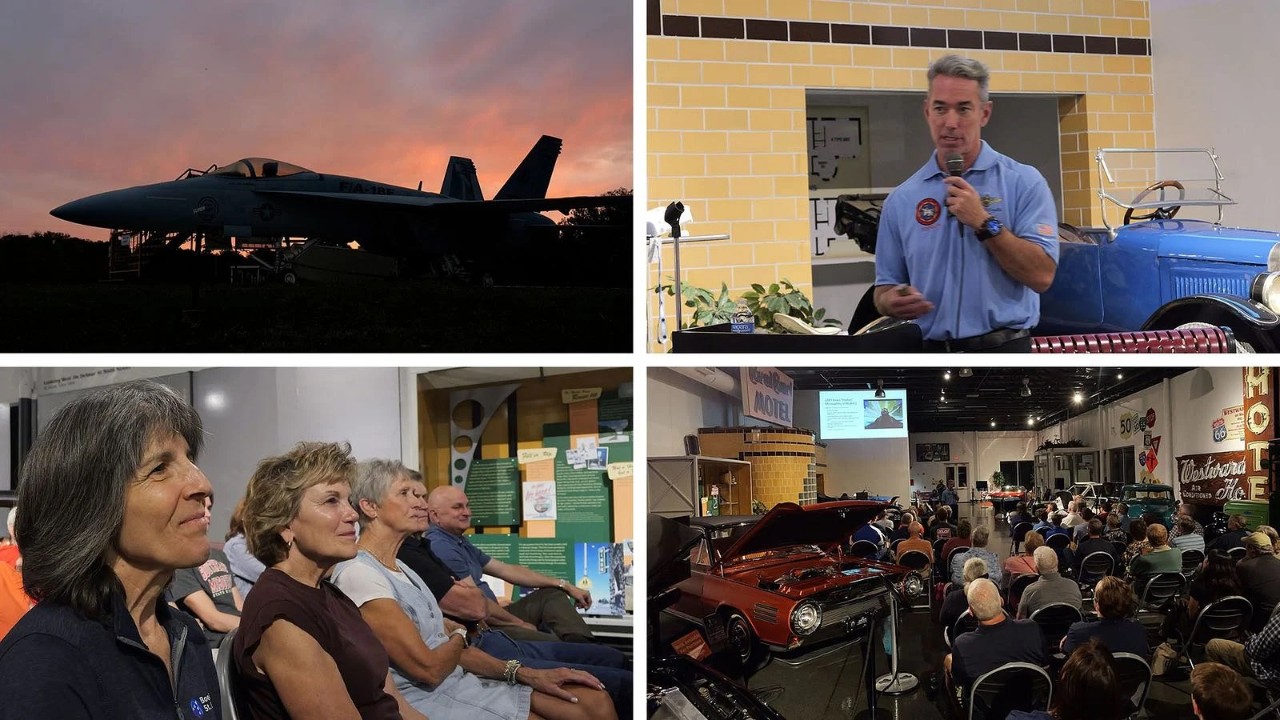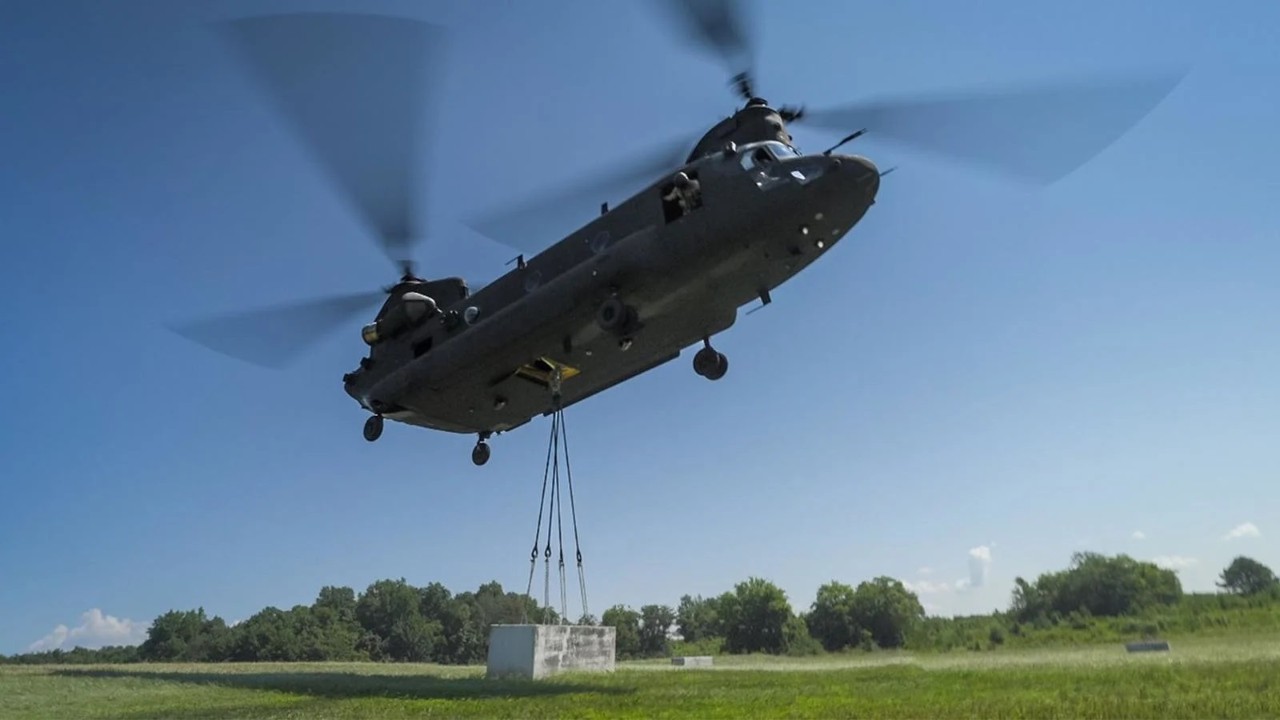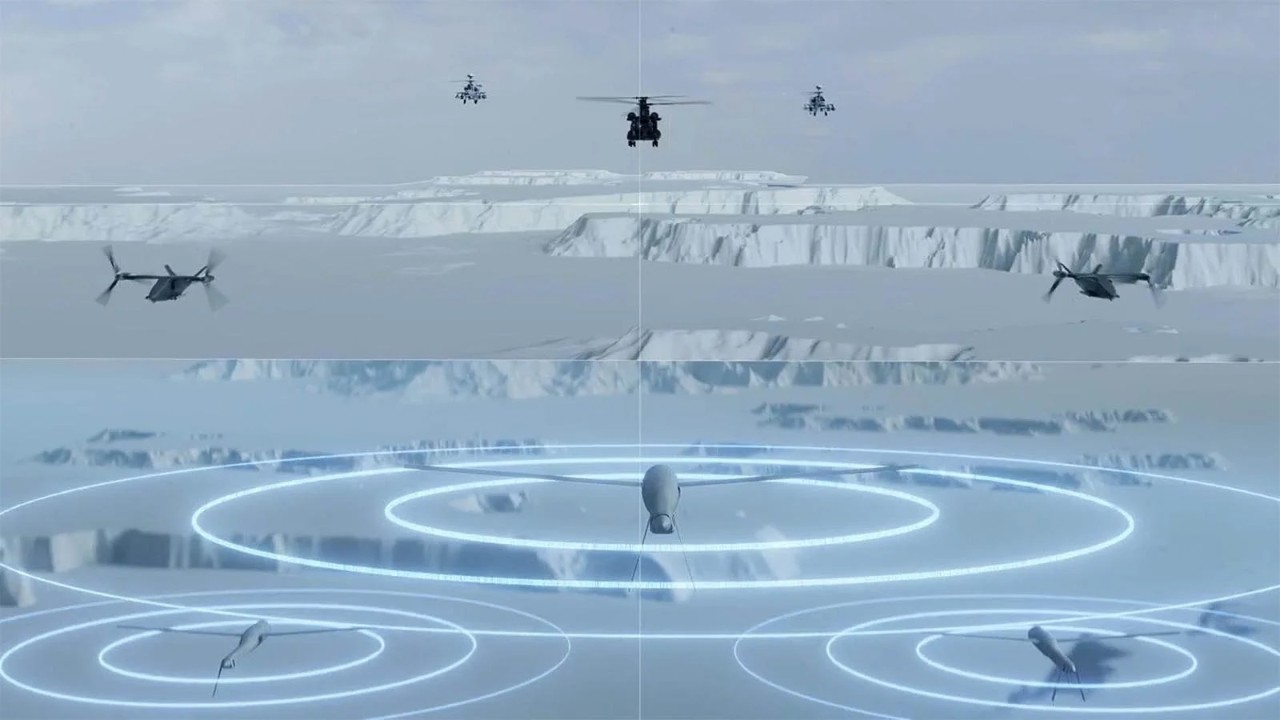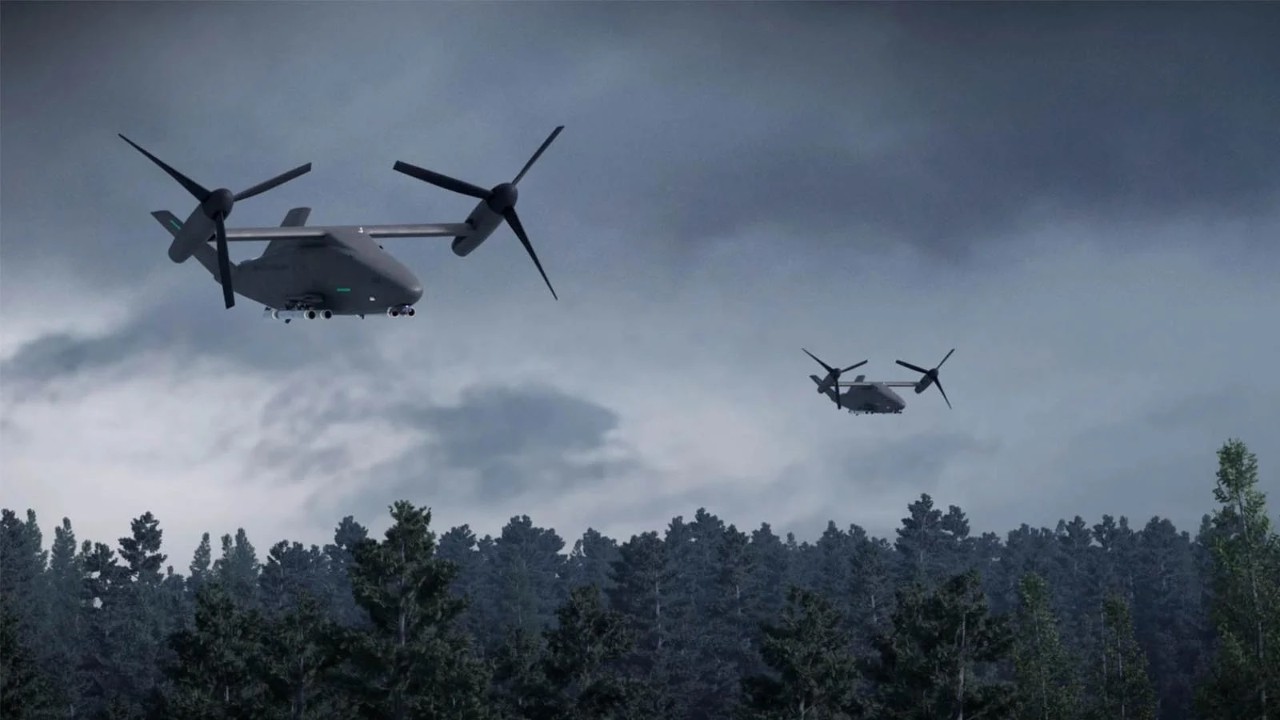“Eject, Eject”
Creating the lifesaving escape system for the T-7A Red Hawk
Propelled by a rocket sled and with a plume of exhaust trails following, the T-7A Red Hawk cockpit completes a closely monitored run at Holloman Air Force Base in New Mexico. Boeing and U.S. Air Force engineers on the T-7A Red Hawk advanced trainer are validating data they believe will ensure a safe ejection for future student and instructor pilots training in the digitally designed, built and tested jet.
Home to the U.S. Air Force’s Holloman High Speed Test Track and the 846th Test Squadron, the ten-mile long rail has witnessed the fastest land speed sled record in history, 6,453 mph - but on this run its safety engineers are after, not speed.
Less than three seconds into the test run an explosive primer chord triggers the rear canopy fracturing system, severing the stretched acrylic canopy.
The explosion clears the path for the test manikin in the new Collins Aces 5 ejection seat to safely exit. In less than a second, both manikins safe and riding a plume of propellant out of the cockpit as their escape parachutes open.
“I had never witnessed one of these myself,” said Jim Young, Boeing T-7A Red Hawk Escape System program director. “The roar of the rocket as it pulled about 7 G’s to go from 0 to 200 knots - that was quite impressive.”
High speed ejection for aircrew is always risky and minimizing that risk is the team’s priority focus, said Joseph Rich, lead flight system engineer with the U.S. Air Force T-7A Red Hawk program office.
“We have standards we’re trying to meet that we know that the human body can take,” Rich said.
“We’re going to field a lot of airplanes, 350 plus. Students flying them three to four times a day – we’ve got to have something safe to get the instructor pilot or student pilot out of there.”
In 2018 the U.S. Air Force awarded Boeing a $9.2 billion contract for 351 advanced trainers later named the T-7A Red Hawk and 46 simulators and support. The new advanced trainer incorporates open architecture software, digital fly-by-wire controls and advanced cockpit technology that provides a new level of safety and training for future fighter pilots
Preliminary test results indicate a lower risk to aircrew. Additional sled tests are planned to validate system performance. The Boeing - U.S. Air Force team is committed to protecting future fighter and bomber pilots as they train for future missions.
“This is very personal to us. We want to put together a system that’s the safest system out there,” said Boeing’s Jim Young.
By Randy Jackson




